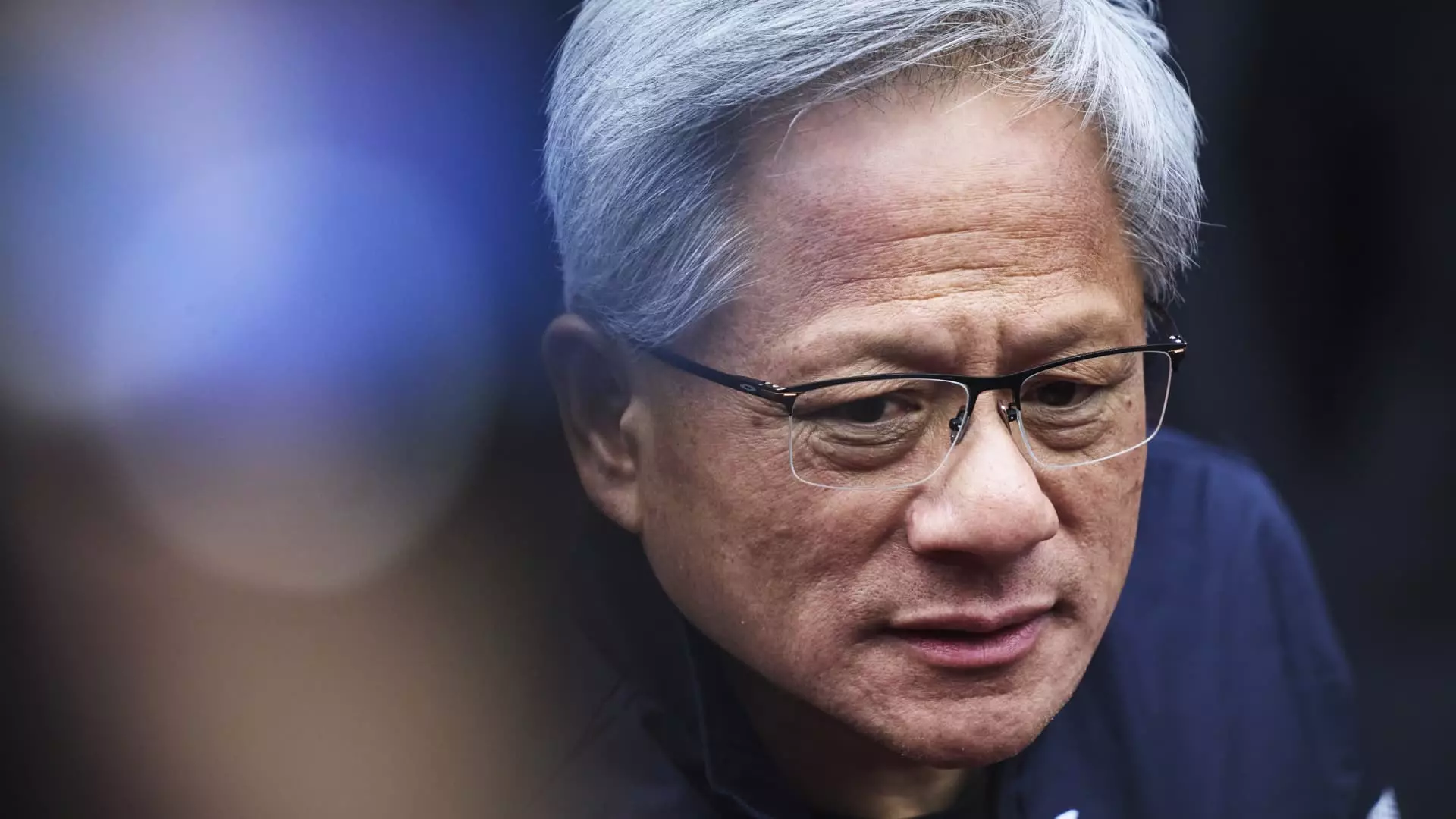In the current technological and geopolitical landscape, the intersection of artificial intelligence (AI) policy and chip manufacturing has become increasingly significant. Nvidia CEO Jensen Huang’s recent meeting with President Donald Trump in Washington D.C. signals a pivotal point for both the company and U.S. technology policy. This encounter serves not only as a platform for discussing regulation and investment but also highlights the evolving relationship between tech leaders and political figures in the context of national interests.
Reports suggest that Huang and Trump are primarily set to delve into U.S. artificial intelligence policy. With China emerging as a formidable competitor in the AI landscape, the meeting is believed to explore potential strategies for maintaining American dominance in this crucial sector. Particularly pertinent is the discourse around China’s emerging AI technologies, including their prospects and risks, which could have far-reaching implications for U.S. national security and economic interests.
The dialogue is not merely a reflection of corporate interests; it also underscores the political necessity for the U.S. to craft a competitive edge in AI. As technology continues to advance, the stakes of international competition grow more pronounced, requiring leaders like Huang and Trump to address not only immediate regulatory challenges but also the broader vision for the future of American innovation.
Trump’s first term saw a complex relationship with the tech industry, characterized by skepticism and regulatory scrutiny. However, the dynamics have shifted as several tech CEOs have recently begun to align more closely with political leadership, marking a stark contrast to previous interactions. Huang’s dialogue with Trump serves as a manifestation of this trend, illustrating the necessity of collaboration between industry and government to navigate emerging challenges.
Prominent figures in technology, including leaders from Amazon, Google, and Apple, were present during Trump’s inauguration and played active roles during that timeframe. Their involvement signifies an evolving attitude toward cooperative policymaking—one that reflects a recognition of technology’s critical role in shaping economic and national security outcomes.
Nvidia, currently ranked among the most valuable U.S. companies, stands at the forefront of these conversations due to its vital role in the AI chip sector. Challenges are plentiful, particularly given the regulatory frameworks governing international trade. The U.S. government’s current export restrictions significantly impact Nvidia’s ability to supply crucial AI chips to China and Russia. Such limitations pose threats not only to Nvidia’s market share but also to the larger U.S. technology ecosystem that relies heavily on global collaboration.
The discussion is likely to extend beyond existing regulations to include potential changes in the policy landscape, particularly in light of the Biden administration’s diffusion rule, which restricts chip sales overseas. There’s a strong push from industry leaders like Huang to reconsider such stances, especially as they could inadvertently stifle innovation and growth.
One of the critical topics of discussion between Huang and Trump is expected to be the revitalization of U.S. chip production. Past initiatives, such as the CHIPS Act, aimed to incentivize companies to establish manufacturing operations within the United States. As pressure mounts to shift semiconductor production away from overseas, particularly from Taiwan, the need for robust domestic production capabilities becomes paramount.
Huang’s insights into Nvidia’s supply chain and manufacturing processes will be invaluable in these discussions. The potential for collaboration could lay the groundwork for significant investments in U.S. facilities, enhancing national self-sufficiency in critical technology domains.
The meeting between Jensen Huang and Donald Trump is emblematic of the broader trends at the intersection of technology, governance, and economic strategy. As both leaders strategize on critical issues—from AI policy to chip manufacturing—the outcomes hold considerable implications for the future of American technology leadership and global competitiveness. Their discussions may well define the trajectory of U.S. innovation in the face of intense international competition, setting the stage for a new era of collaboration between the technology sector and government that is both necessary and urgent.

